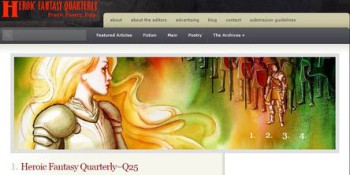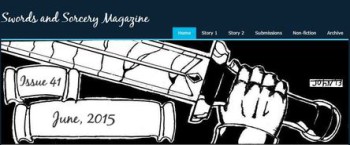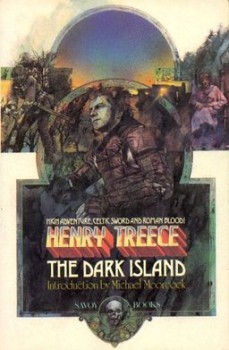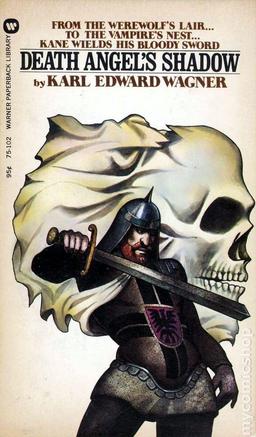September Short Story Roundup
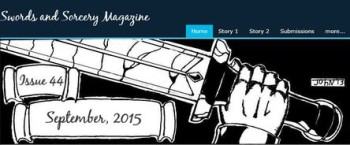 Here we are again, friends, with a passel of new heroic fantasy tales to extol. And September was a splendid month for new stories. In fact, one is in contention for my favorite of the year so far…
Here we are again, friends, with a passel of new heroic fantasy tales to extol. And September was a splendid month for new stories. In fact, one is in contention for my favorite of the year so far…
…and I’ll start with that particular story: “Poor Bright Folk” by James Lecky in the latest issue of Curtis Ellett’s Swords and Sorcery Magazine, #44. Elathan is a bard of the Aos Si (more commonly called the Sidhe, or fey folk) traveling through the once brightly-colored land of Orialla. On entering a forest glade he meets a woman whose very appearance unnerves him:
Her hair hung in a long braid almost as far as her knees, deep lines marked her cheeks and forehead, yet she stood straight as a staff, her movements fluid and easy. Her clothing – a straight dress and a short cape – were a patchwork of various colours and materials, some smooth and strong, others coarse and faded.
The sight of her disturbed me in a way I could not give voice to and I wished for nothing more than to be away from this place and this strange woman.
Her name is Mual and when she asks him to play for her at her home he finds himself saying yes in words that seem to come from outside himself.
In Mual’s castle Elathan discovers she is working a vampiric sort of magic over her servants and now him. To escape her clutches and free his fellow captives the bard must use his wit and wiles. Lecky didn’t try, thankfully, to emulate some sort of old-timey style with his prose, yet “Poor Bright Folk” has the feel and resonance of the best fairy tales from out of the deeps of time.

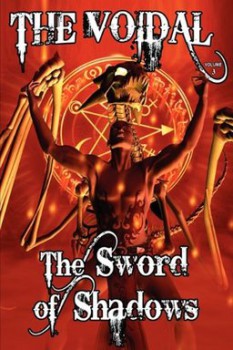
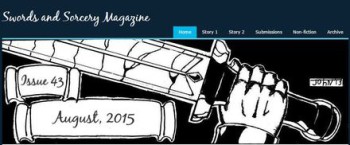
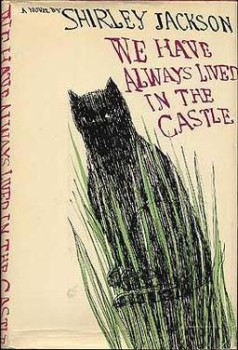
 I’ve finally read
I’ve finally read 